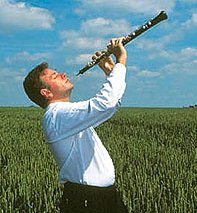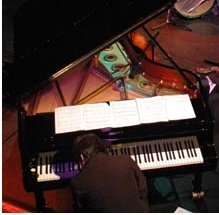 This past Sunday 37,936 people ran 26.22 miles through parts of all five boroughs of New York City from Staten Island to Central Park, through parts of all five boroughs. The marathon has taken place on the first Sunday of November every year since 1970, and this year Jelena Prokopcuka won the women’s division with a time of 2:25:05, M. Gomes dos Santos won the men’s division clocking in at 2:09:58, and the wheelchair divisions male and female winners were Stephen Kiogora (2:10:06) and Paul Tergat (2:10:10).
This past Sunday 37,936 people ran 26.22 miles through parts of all five boroughs of New York City from Staten Island to Central Park, through parts of all five boroughs. The marathon has taken place on the first Sunday of November every year since 1970, and this year Jelena Prokopcuka won the women’s division with a time of 2:25:05, M. Gomes dos Santos won the men’s division clocking in at 2:09:58, and the wheelchair divisions male and female winners were Stephen Kiogora (2:10:06) and Paul Tergat (2:10:10).
I don’t really care about marathons very much, but it’s a major event and I’ve been thinking about it, and it occurred to me a couple of days ago that one might very reasonably look at marathons as performance art.
The Marathon is, of course, nominally a race, a competition, but only a handful of participants are actually running to win. Winning times over the years vary by only a couple of minutes, and in this year’s New York marathon Lance Armstrong, professional athlete, finished 856th with a time of 2:59:36, nearly 50% longer than the winning time in the men’s division. With winning out of the question, most people run marathons for the experience of having done it — and a 26.22 mile run must be quite an experience. With so many people running for the sake of the experience, how many of the spectators are watching for the sake of seeing a competition with a winner and how many for the experience of seeing so many people engaged in so extreme a feat of physical endurance? I would suggest that most are primarily looking for the latter — thus, it’s primarily an aesthetic rather than a competetive experience for most of the participants and most of the spectators. (more…)

 Tomorrow (Nov 6) soloist Nicholas Daniel (left) and the Britten Sinfonia give
Tomorrow (Nov 6) soloist Nicholas Daniel (left) and the Britten Sinfonia give  You don’t need to be a
You don’t need to be a 
